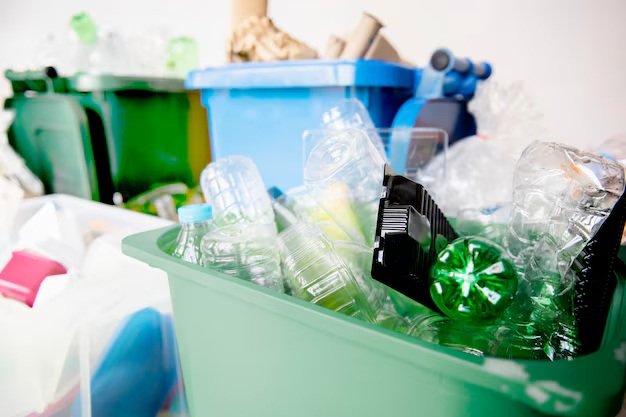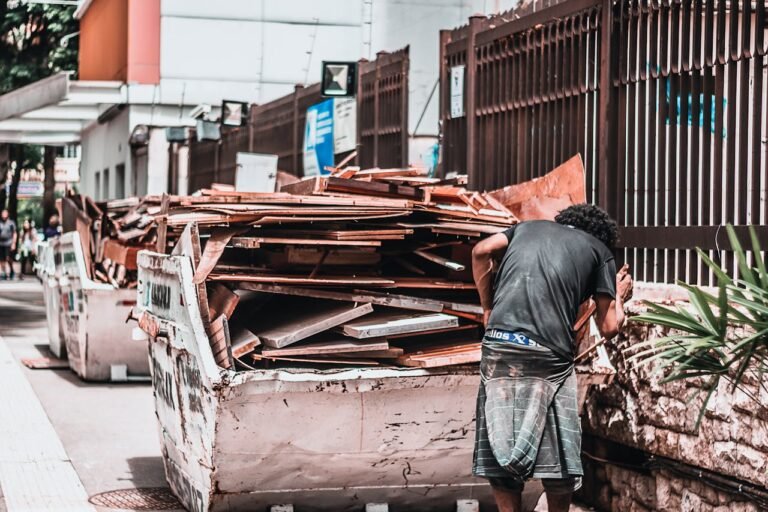Small-Scale Battery Recycling Pilots Promise Local Jobs and Less Mining
Battery recycling is suddenly in the headlines for two reasons: the world needs a lot more battery materials, and mining those materials creates environmental and social problems that communities want to avoid. Small, local recycling pilots — from modular test facilities to community-focused lead-acid programs — are being tried in places as different as West Africa, South Asia and the United States. They won’t replace global mines overnight, but they can create local jobs, lower toxic pollution and begin to close the loop on expensive metals. According to the International Council on Clean Transportation (ICCT), investment and growth in battery-pack and recycling activities could add thousands of domestic jobs in places building recycling capacity.

Why Small-Scale Pilots Matter Now
The battery industry is expanding fast. Demand for lithium, nickel and cobalt is projected to rise sharply with more electric vehicles and energy storage systems, and many governments are starting to require recycled content in new batteries. Time and Reuters reporting both highlight that recycling can cut carbon emissions and reduce costs compared with mining, while new rules in the EU and other jurisdictions are pushing manufacturers to use more recycled material. According to reporting in 2024–2025, European and British recycling startups and automakers are already testing recycled cathode materials and planning pilot supply chains for recycled inputs.
Small pilots are attractive because they lower the risk. A modular or small-scale plant can be tuned to local waste streams — for example, phones and lead-acid car batteries that are abundant in many cities — before anyone builds a multimillion-dollar factory. That matters because the type and condition of returned batteries differ across regions: in West Africa, the market still sees many lead-acid units; in fast-growing EV markets, the challenge is spent lithium-ion packs. A report by Transformative Mobility and analyses from manufacturing and policy groups show that realistic, phased approaches — start with collection, move to centralised sorting and then to processing — are the most likely to succeed in countries without existing gigafactory-scale demand.
Public funding can also make pilots viable. In the United States, for example, a $125 million Department of Energy funding program was created to boost consumer collection, recycling and reprocessing capacity — money that helps local collection schemes and smaller processors become economically sustainable while industry and policy mature. In a related working paper, ICCT quantified how manufacturing and recycling activity together could create significant domestic employment as capacity grows.
Real Pilot Projects and What They Teach Us
Concrete, real-world pilots already show what works — and what doesn’t.
One high-profile example is a private-sector investment to build a local recycling facility in Nigeria. Hinckley E-Waste Recycling secured funding and announced a $5 million program to establish lithium-ion and lead-acid battery recycling capacity in Ogun State. Company leaders framed the project as more than a plant: they expect technology transfer, safer formal jobs for local collectors, and an end to hazardous informal processing. This is a clear case where private investment can catalyse local industry while promising direct employment gains. According to a Hinckley case study and related reporting in 2024–2025, the plant is intended to create around a hundred direct jobs initially and a larger number indirectly as collection and logistics scale up.
In Ghana, a modular approach has been used to test how to handle complex electronic waste streams. Fraunhofer UMSICHT and partners ran a modular pilot for thermochemical treatment of WEEE (waste electrical and electronic equipment) and related battery streams to learn how to adapt technology to local feedstock and logistics. The modular reactor work shows that you can start with a technically manageable throughput — for example, systems that become economical around small reactor sizes — and scale only as collection and materials markets develop. This kind of stepwise testing reduces upfront risk and creates training opportunities for local staff. According to Fraunhofer’s project materials, modular pilots are a practical way to build local capacity without committing to a single, large plant before feedstock and markets exist.
Smaller, humanitarian-style pilots have also proven useful. The United Nations Environment Programme (UNEP) led a pilot project on used lead-acid battery (ULAB) recycling in Bangladesh that focused on safer handling, technical assistance and capacity building. That work did not aim to create huge profits overnight; rather, it formalised dangerous work done informally and demonstrated how training and regulation reduce health risks while creating formal jobs for people who previously worked in the informal sector. A UNEP pilot from 2020–2021 illustrates how public-led or donor-backed pilots can prioritise community health and gradual formalisation.
Taken together, these pilots teach a few clear lessons. First, collection is as important as processing: without reliable inputs, even the best plant will run under capacity. Second, pilots that combine technical testing with training and regulatory steps produce safer, more stable local jobs rather than simply moving toxic waste to another location. Third, phased scaling — start small, prove the model, then expand — is more likely to attract patient investors who want real impact rather than a quick flip.
What Communities and Policymakers Should Do Next
There are practical steps that community leaders, investors and national policymakers can take to turn pilots into lasting local industries.
First, treat collection and informal workers as part of the solution, not the problem. In many places, collectors already recover batteries because of their value; integrating them with fair pay, protective equipment, and formal contracts can increase feedstock quality and create better livelihoods. Where pilots have succeeded — for example, with lead-acid formalisation projects supported by UNEP — the transition replaced hazardous informal practices with safer employment. The UNEP report on ULAB pilots in 2021 documented that capacity-building and regulation helped formalise handling and reduce health risks.
Second, use modular and small-scale technology to learn fast. Fraunhofer’s modular WEEE pilots demonstrate that technology validated on a modest scale can later be copied or expanded without massive stranded-asset risk. Policymakers should fund and approve modular demonstration units because they deliver training and show whether local feedstock, energy supply and transport systems are ready to support larger plants.
Third, align policy and public funding to lower market barriers. Where governments provide collection subsidies, tax incentives for circular inputs, or co-investment (as seen in U.S. DOE programs), private investors are more likely to step in. The U.S. Department of Energy’s $125 million program is a current example of how targeted public funds can stimulate collection networks and help smaller recyclers become viable businesses.
Fourth, measure and communicate benefits beyond jobs: reduced mining, lower CO₂ and cleaner local environments matter to funders and communities. Reporting and third-party verification — from research groups and independent auditors — make pilots credible and attract the downstream partners (auto OEMs, battery makers) that will buy recycled materials. Recent industry reporting and research from 2024–2025 show that recycled cathode materials can match performance and reduce emissions compared with new mining, which is precisely the argument buyers are looking for.
Finally, plan for second-life and circular markets. Not every battery must be immediately broken down for raw materials. Repurposing batteries for stationary storage — giving them a second life — delays complex recycling and creates local value while collection and processing systems catch up. The World Economic Forum and other analysts have documented repurposing pilots that buy time and create local business models while technical recycling capacity is established.
Learn More: How to Dispose of Batteries Properly and Sustainably
Actionable Advice for Leaders Who Want to Act Now
Start with a detailed local material-flow study; fund a modular demonstration unit linked to a collection hub; include a training and health and safety plan for informal workers; and design measurable KPIs tied to recycled-content buyers. For investors, look for projects that combine collection scale, demonstrated modular tech, and a local partner who understands procurement and logistics — those are the elements that turn pilots into sustainable businesses.
Small-scale pilots will not replace global mines overnight, but they can create decent local jobs, reduce pollution from informal processing, and keep metals in circulation, thereby reducing the need for new mines. As the ICCT and other analysts show, the right mix of policy, pilot projects and public funding can grow a domestic recycling cluster that benefits both people and the planet.







